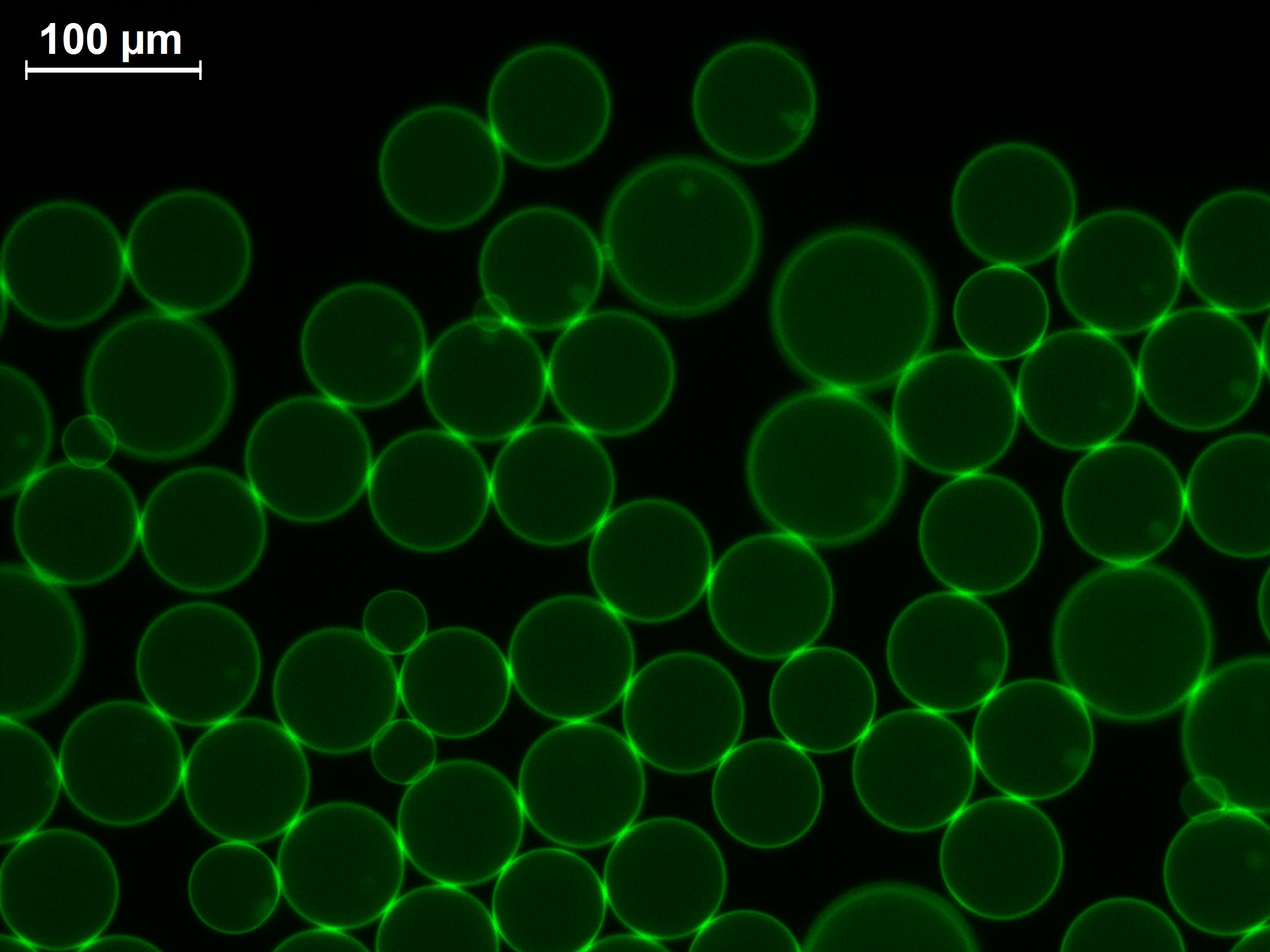Christine Pepin, teacher-researcher at IBMM

1- What is your research about?
I am an organic chemist. My work focuses on the synthesis of amphiphilic molecules for various applications. These molecules have the particularity of organising themselves at the air/water interface or at the interface between two immiscible liquids (like water and oil). Depending on the structure of these molecules, prepared in my laboratory, and their self-assembly properties, different tools can be designed, including drug delivery systems. For the past few years I have been working on several projects aimed at developing nano-emulsions that can be used for the detection and targeted treatment of cancerous tumours.
2-What is your scientific news?
Recently, I applied this know-how in the field of therapeutic nano-emulsions to the design of dry formulations concentrated in natural plant-based active ingredients. These formulations, ready to use by simply adding water, could have numerous applications in the pharmaceutical, cosmetic and food industries. This innovation allowed me to win the first prize in the "My innovation is" competition organised by SATT Sud-Est in November 2018.
3-Why did you choose to work in academic research?
For me, the main advantage of university research is the ability to combine teaching with research. At the beginning of my career, I was very surprised to be able to earn a living while continuing to learn in all senses of the word: to teach others, to continue to learn myself and to learn from others... this is what university research brings to me and I am still very aware of it!
4-What advice would you give to students who want to do research?
To go after their dreams and not give up, because there are many challenges to be met at all levels, both professional and personal.
5-What object or image from your research best illustrates you?

Attached is a confocal microscopy image showing drops of perfluorocarbon (a liquid rich in fluorine atoms, with interesting properties for medical imaging). We have managed to stabilise these drops with our amphiphilic molecules and to encapsulate a fluorescent agent that is supposed to mimic a future drug that will be encapsulated in the drops. We have already characterised these drops by different techniques but seeing them "in real life" always makes me very happy.... Personally I find them fascinating!
Mis à jour le 26 March 2023